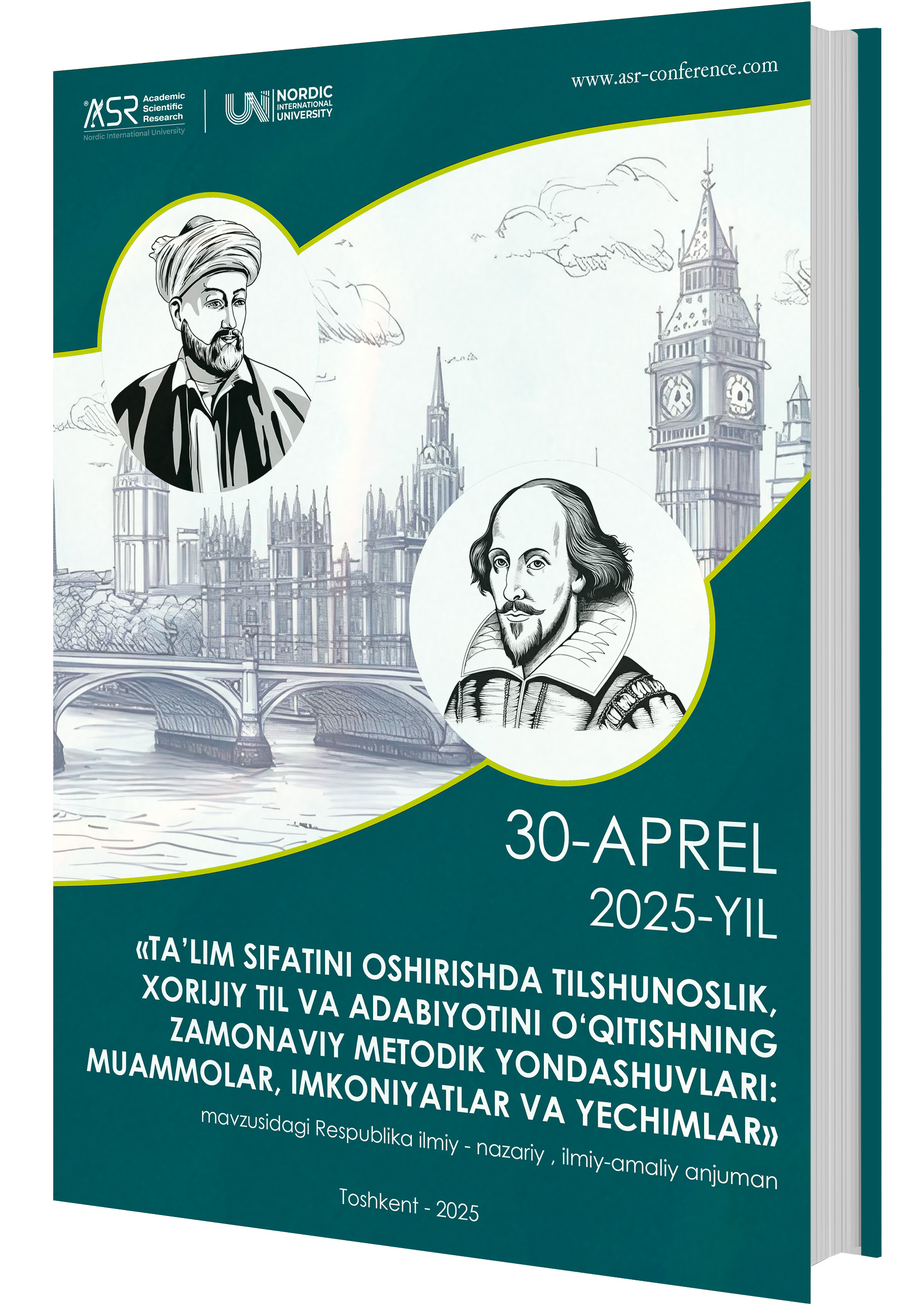THE ROLE OF STORYTELLING IN SHAPING IDENTITY AND SOCIAL BONDS IN STEPHEN KING'S "IT"
Аннотация
This article examines the novel ’’IT’’ by one of the famous American writers Stephen King. Stephen King’s novel ’’IT’’ is one of his popular works that analyses fear and childhood trauma. The plot centres on a group of children living in the town of Derry. They fight against a mysterious and evil creature – a clown named ’’Pennywise’’[1]. The work explores human fear and its nature, while also highlighting themes of friendship and courage. Stephen King with his unique style and psychological depth, both frightens and amazes the reader. In conclusion it is mentioned that this novel is one of the most prominent examples of the horror genre and is also widely known to the public through film and TV series adaptations.
[1] Pennywise - Pennywise is a villain and terrifying clown from Stephen King's novel ’’IT’’ (1986) but is actually a terrifying shapeshifting character.
Библиографические ссылки
Stephen King (1986) ’’IT’’ Printed in Great Britain Photoset by Rowland Phototypesetting Limited, Bury St Edmunds, Suffolk. Hodder and Stoughton Editorial Office: 47 Bedford Square, London WC1B 3DP.
Bachelor Thesis (2019) ’’Influence of Stephen King’s It on Literature and Popular Culture’’
“It (Novel).” Wikipedia. https://en.wikipedia.org/wiki/It_(novel). Accessed 2 February 2019
“Angerfist – Pennywise (official video).” Youtube, uploaded by Angerfist, 24 May 2018, https://www.youtube.com/watch?v=pCgFZMLico0. Accessed 14 March 2019
Kociemba, D. (2017). Stephen King’s It and Dreamcatcher on screen: Hegemonic white masculinity and nostalgia for underdog boyhood. Science Fiction Film and Television, 10(2), 297–320.
Загрузки
Опубликован
Выпуск
Раздел
Лицензия
Copyright (c) 2025 Naira Petrosyan , Sevinch Normurodova

Это произведение доступно по лицензии Creative Commons «Attribution-NonCommercial» («Атрибуция — Некоммерческое использование») 4.0 Всемирная.
Условия лицензии
Эта работа доступна под лицензией Creative Commons Attribution-NonCommercial 4.0 International License. Чтобы просмотреть копию этой лицензии, посетите http://creativecommons.org/licenses/by-nc/4.0/ или отправьте письмо по адресу Creative Commons, PO Box 1866, Mountain View, CA 94042, США.
По этой лицензии вы можете:
Поделиться — копируйте и распространяйте материал на любом носителе и в любом формате.
Адаптируйте — делайте ремиксы, трансформируйте и дорабатывайте материал.
Лицензиар не может отозвать эти свободы, если вы соблюдаете условия лицензии. На следующих условиях:
Атрибуция. Вы должны указать соответствующую ссылку, предоставить ссылку на лицензию и указать, были ли внесены изменения. Вы можете сделать это любым разумным способом, но не таким образом, который бы предполагал, что лицензиар одобряет вас или ваше использование.
Некоммерческое использование — вы не имеете права использовать материал в коммерческих целях.
Никаких дополнительных ограничений. Вы не имеете права применять юридические условия или технологические меры, которые юридически запрещают другим делать все, что разрешено лицензией.





